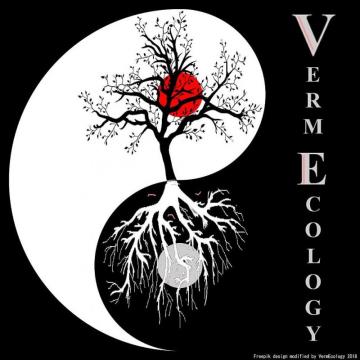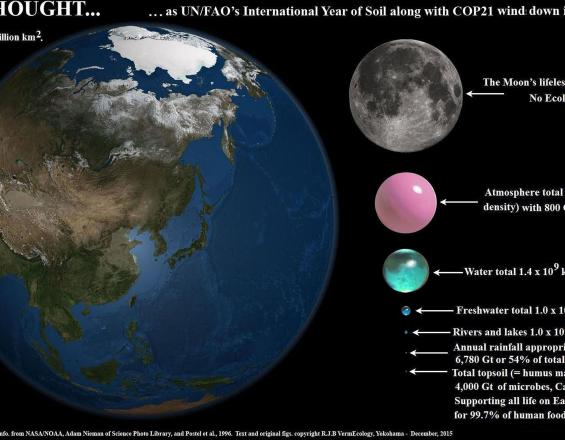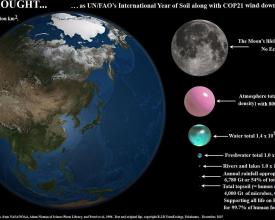
Terrain, topsoil and Triage

We all face consequences of natural Environment problems that become more serious and urgent. The analogy is a medical disaster. The solution is Environmental Triage.
Three main issues (in order of importance) are Extinction, Climate and Pollution. Where is extinction most severe? Soil supports 98% of global biodiversity and is compromised by topsoil erosion rate at 2,000 tonnes per second (prevention: organic farming). Carbon dioxide is removed from the air by photosynthesis and storage in humus (solution: vermicomposting all organic "wastes" as natural fertilizer). Chemical poisons are mainly from agricultural fertilizers & biocides (solution, again, is organic farming and permaculture design). Soil provides 99% of human food (just 0.5% of calorific value comes from oceans); soil supports 98% of biodiversity and biomass; all rainwater is filtered by soil via earthworm burrows. Only industry-funded studies support chemical farming. The major deficit is lack of a Soil Ecology Institute.
Context
Challenges addressed
Location
Impacts
Realization that we depend upon topsoil for 99% of food and for filtering & storage of all rainwater requires a major change of focus from the atmosphere, rivers, forests and oceans onto the soil. This is brought into relief (literally!) by consideration of terrain and neglected topsoil. When these are tallied the actual surface area of Earth exposed to the Sun, air and rainfall is more than doubled. The sea remains level. Productivity and biodiversity on land are also raised. Perhaps most importantly, the organic carbon stored in topsoil is raised from current estimate of just 1,500 Gt to more than 8,500 Gt globally and all atmospheric carbon dioxide is processed via leaf litter through the intestines of earthworms in about 12-year cycles.
Organic farming and permaculture aim to conserve soil carbon, soil moisture and soil biodiversity whilst also providing a healthy abundance of food. Chemical farming that is heavily subsidized and allowed to freely pollute and poison people and other organisms is mainly supported only by venal, industry-funded studies. There is little or no independent research.
Just one example: a recent scientific study shows chemical farming depletes earthworms by 80% on average compared to organic that has the same or higher yields. Self-destructive persistence with chemical farming makes neither economic nor ecological sense when there are better ways.
